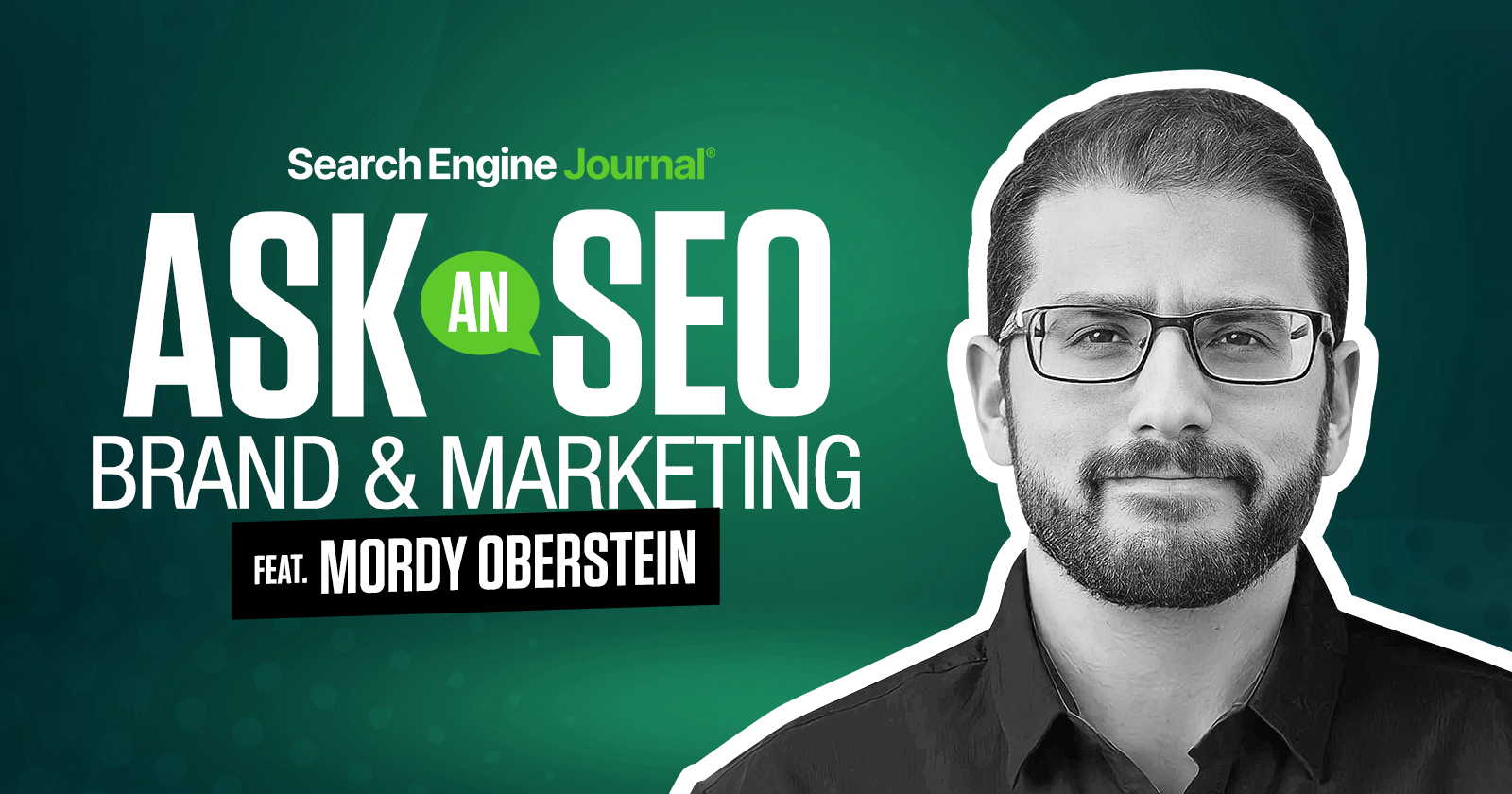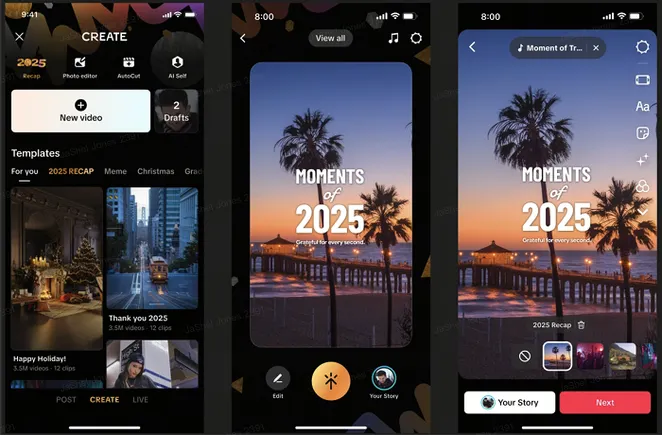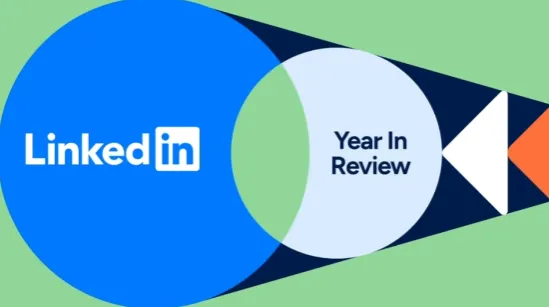It’s Time to Update Your Healthcare Marketing Strategy
Healthcare Marketing Strategies Are Changing. Is Yours? Healthcare marketing has been anchored in trust and expertise for decades. Today, in-house teams and healthcare marketing agencies alike are exploring new ways to reach qualified audiences on digital platforms. As consumers...

Healthcare Marketing Strategies Are Changing. Is Yours?
Healthcare marketing has been anchored in trust and expertise for decades. Today, in-house teams and healthcare marketing agencies alike are exploring new ways to reach qualified audiences on digital platforms. As consumers spend more time on social media or make more healthcare decisions based on their values and lifestyles, marketers have changed which channels get top-billing and investment.
Digital-first trends in healthcare marketing are quickly becoming the norm, but there are platform-specific best practices marketers should keep in mind before pressing play on their next campaign.
What Is Healthcare Marketing?
Health marketing is the process of attracting qualified new patients and retaining existing patients. Insurance coverage is often one of the qualifying factors in recruiting new patients, which may or may not extend beyond basic care. For many healthcare providers, elective care, such as cosmetic surgery or other non-emergency procedures, are some of the most profitable services and often require a clear communication of value to prospective patients.
Taking the Healthcare Market’s Height and Weight
It’s worth noting just how many services healthcare marketing encompasses. From local practitioners to nationwide healthcare networks, the scale of various healthcare businesses is matched only by the breadth of services; think lab testing, radiology, surgery centers, dental practices – the list includes dozens of subsectors and tens of thousands of practices. Healthcare profit pools are expected to reach $817 billion by 2027 at a compound annual growth rate of 7%.
Many industry experts agree that the managed care of duals patients will be key. The term duals or duals population refers to individual patients who qualify for both Medicaid and Medicare, and so hold coverage for most healthcare services. The share of dual-eligible individuals more than doubled in 19 states between 2018 and 2021, when the total number of duals reached 12.9 million. Roughly half of the duals population are people of color, and 40% are under the age of 65. This represents an important demographic for healthcare providers, especially those with regional dominance in the fastest-growing states.
Any comprehensive healthcare marketing plan must account for these types of demographic shifts and understand the unique value props of various populations.
The Pillars of an Effective Healthcare Marketing Strategy
While healthcare marketing trends come and go, long-term success is built on three pillars: persona, platform, and personalization.
Healthcare Personas
It’s elemental; know your audience. Marketing for healthcare services boils down to delivering a clear, relevant, and accessible value proposition to the right patient. Regardless of the platform, creating and addressing unique segments of your audience, embodied in data-driven personas, make marketing exponentially more effective.
Take the time – and invest the resources – to learn as much as possible about your existing and prospective patients with surveys, analyzing website data, and conducting market research. The best healthcare marketing campaigns have a clear audience and a highly personalized message to help patients overcome reservations and seek services.
Platform Preferences
Ever wonder why there are so many prescription drug commercials on broadcast TV? The media age of OTA-only (or households with only over-the-air television) is 61 years old, prime age for watching Yellowstone and seeing blood pressure medication ads. The value of building data-driven personas informs which platforms are most effective for reaching the right audience.
It’s not as clear cut as it might appear. While Millennials are the most active on social media, with 68.8% having at least one account, Gen Z spends the most time on social media, with 35% putting in two hours or more on social media per day. Knowing where users spend time is a start, but it’s important to consider where they make healthcare decisions; social media may drive awareness, but patients will likely do additional research online.
Personalization
Talking to a persona isn’t enough. Personalized messaging is one of the most important healthcare marketing tactics because it establishes a vital person-to-person connection. Trust remains a core component of healthcare messaging, and personalizing content is a huge opportunity. We’ll look at this more in-depth shortly.
Three Proven Marketing Strategies for Healthcare
Whether you’re marketing a multinational healthcare conglomerate or a single-practitioner office in a small town, these three platforms should be the bread and heart-healthy butter of your healthcare marketing strategy.
Healthcare Content Marketing
The internet is made of content. For healthcare organizations, content is the vehicle that delivers information, education, reassurance, and expertise. Content marketing is an all-encompassing term that includes the many ways we consume media today, including:
BlogsCase studieseBooksImagesInfographicsPodcastsVideoWhite papersIf you can watch, listen, download, or click it, it’s content. The key to effective content is, again, based on a detailed understanding of your audience and its various personas, plus packaging content to suit the right platforms. Content marketing is as much about delivery as it is, well, the content.
Healthcare Social Media Marketing
People spend hours per day on social media, and it’s not all kids on TikTok. Thirty percent of Facebook users are 50 years old or older; for Pinterest, the mark is 24%. Social media is an excellent channel for raising awareness and keeping medical services top of mind, especially the 30% of Americans who say they skip appointments due to cost or convenience.
Healthcare Email Marketing
This is where personalization makes a difference, and it goes well beyond using first names. Email automation provides an exceptional opportunity to deliver content based on time (ex. before or after an appointment) or behavior. Creating automations on patient portals, for example, is a great way to keep curious patients engaged by:
Following up when patients view billing informationProviding access to certain types of records, such as bloodworkEmail automation also delivers valuable informational content to improve health outcomes, like fun ways to stay physically active or cooking tips to improve dietary habits. This educational content can be adjusted to suit different audiences as well, catering to specific conditions like diabetes or those receiving cancer care.
Healthcare Marketing Best Practices – Personal, Yet Private
Trust is everything in healthcare, so privacy and security should be a top priority. Make sure your marketing is fully HIPAA-compliant, which encompasses personal information like:
Past, present, or future physical or mental health conditionsPast, present, or future payments made for health servicesMedical recordsDemographic informationUsing any of this information to inform marketing in healthcare communications or campaigns requires patient authorization and must stay strictly between the provider and the patient. It’s worth revisiting the basics of HIPPA regulations and how they impact your marketing.
The healthcare industry is fascinating from a marketing perspective. It’s an incredibly visible but private part of daily life. That might be the biggest takeaway for those working in healthcare digital marketing; it’s a constant challenge to connect on a personal level in a broad, far-reaching way.

 Kass
Kass 































